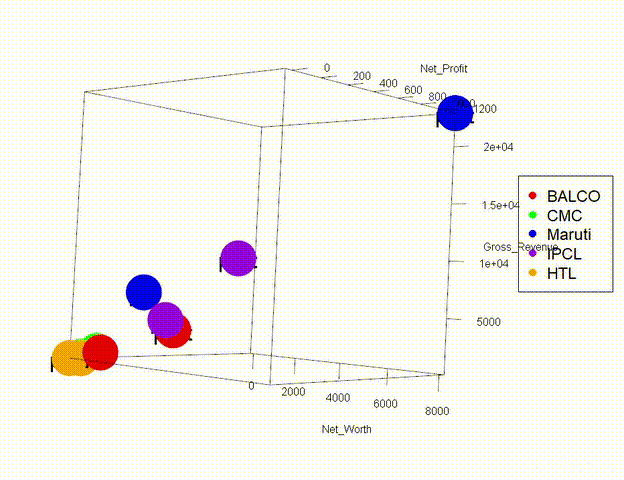This article explores some of the impacts of climate change on the global financial system. The systemic risk arising from climate change may permanently change our existing idea of financial market risk. Sustainable development is the key to a sustainable life and a sustainable financial system.
 |
| Yearly change in earth's surface temperature from 1961 to 2022 (in Celsius) Source: IMF climate change dataset (209 countries, 12958 data points) |
Climate change has
emerged as one of the most pressing challenges of the 21st century, with
far-reaching consequences across various sectors of the global economy. Beyond
its environmental and social implications, climate change also poses
significant risks to financial markets worldwide. From increased volatility in
commodity prices to the potential for widespread asset devaluation, the
financial sector increasingly recognizes the need to factor climate-related
risks into investment decisions.
Escalating Costs and Physical Harm:
Climate change directly raises costs linked to severe
weather incidents, causing billions in damages annually and disrupting global
supply chains. Insurance companies are particularly vulnerable to increased
claims and payouts from climate-related disasters.
Regulatory Pressures and Policy Changes:
Governments worldwide are enacting stricter
regulations to mitigate climate change, affecting businesses in
carbon-intensive sectors. Companies not adapting to these regulations face
fines, litigation, and reputational harm, impacting their financial performance
and market standing.
Transition Risks and Stranded Assets:
The shift towards a low-carbon economy risks rendering
certain assets and industries obsolete or financially unviable, termed
"stranding" of assets. Fossil fuel-related assets face devaluation as
the world moves towards renewable energy sources, prompting institutional
investors to divest from such assets.
Market Volatility and Investor Confidence:
Climate change introduces uncertainty into financial
markets, affecting investor sentiment and asset prices. Factors like extreme
weather events and regulatory changes create volatility in commodity markets,
prompting investors to assess climate-related risks in their decision-making.
Opportunities in Climate-Resilient Investments:
Amid climate challenges, opportunities arise in
sustainable and climate-resilient sectors such as renewable energy and clean
technology. Companies with strong environmental, social, and governance (ESG)
performance attract investors seeking sustainability in their portfolios.
Conclusion:
Climate change reshapes the global economy, posing
challenges and opportunities for financial markets. Collaboration among
investors, businesses, and policymakers is crucial in integrating climate risks
and opportunities into investment strategies and regulatory frameworks.
Embracing sustainability and investing in climate-resilient industries can
navigate the challenges of climate change toward a more sustainable global
economy.
R code for figure: Packages used- plotly, htmlwidgets
z = ~temp,
color = ~temp,
colors = 'Reds',
text = ~Year,
locations = ~CODE,
frame = ~Year, # Animation frames
type = "scattergeo",
mode = "markers"
)
BY




